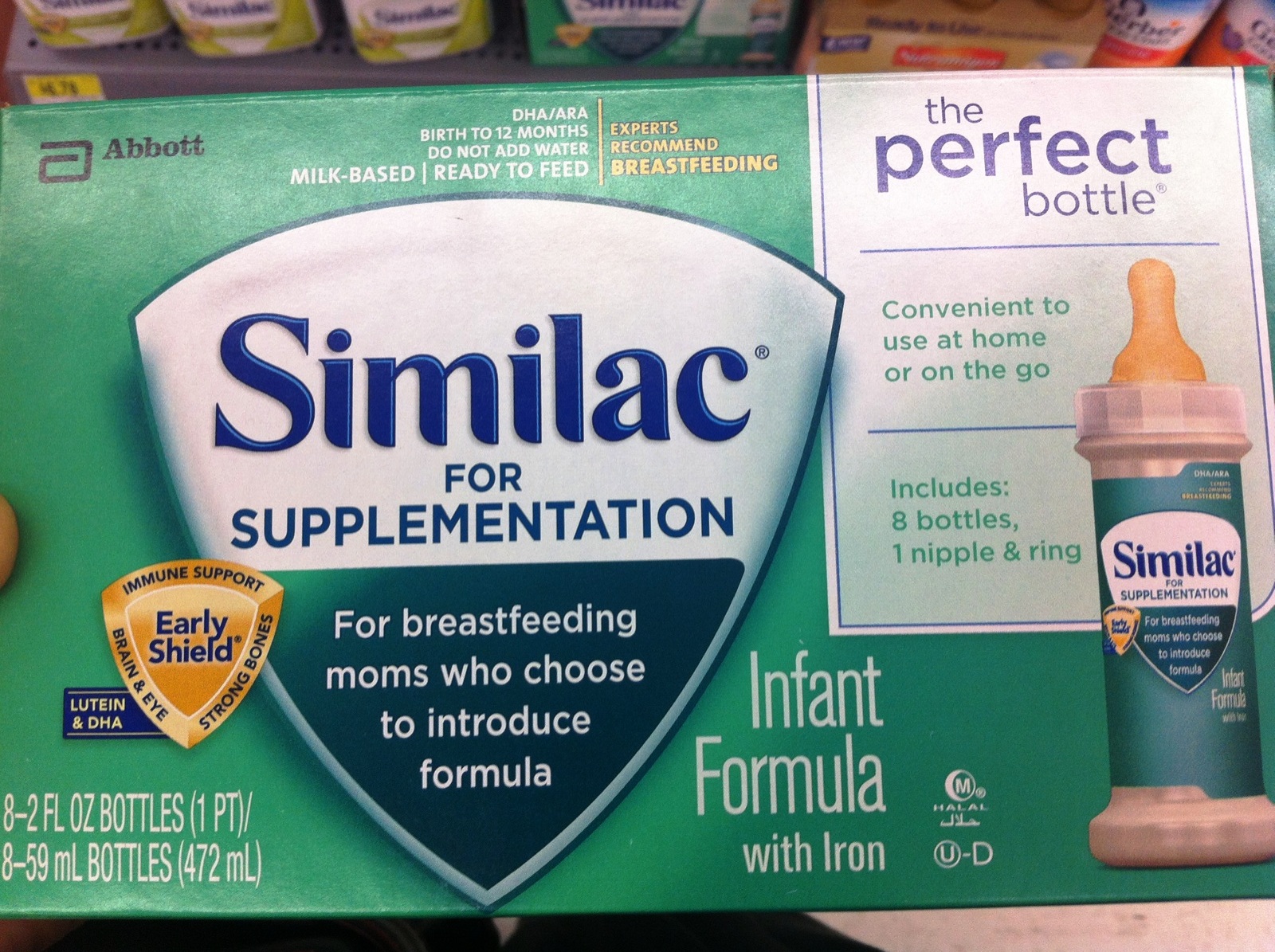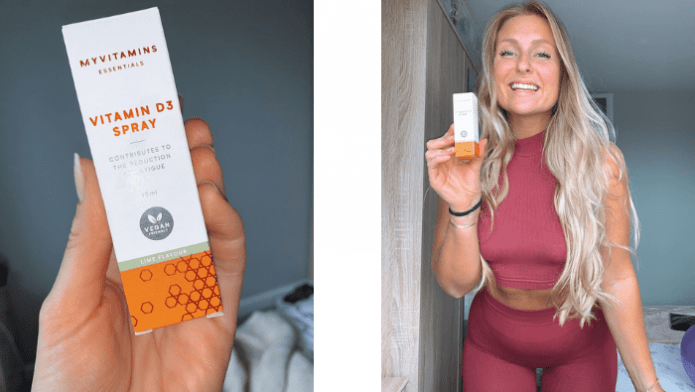
(Side note: The study originally was trying to test lower doses of maternal vitamin D supplementation as well, but had to stop the 2400 IU arm of the study for ethical reasons, namely, because infants were not receiving enough vitamin D from breastmilk alone.) What does this mean for breastfeeding moms? The gist of their findings: Women receiving 6400 IU of vitamin D per day had higher vitamin D levels and passed enough vitamin D into their breastmilk to meet the demands of their baby (without the need to directly give the baby a separate infant vitamin D supplement). This study tracked maternal and infant vitamin D levels at baseline, 4 months and 7 months (as well as vitamin D levels in breastmilk – measured as “antirachitic activity”). They compared maternal vitamin D supplementation (alone – at several different doses) to infant vitamin D supplementation (standard 400 IU). In my eyes, given everything we know about vitamin D, wouldn’t you want to correct the source of the problem – maternal vitamin D intake?

“Vitamin D deficiency is almost universal among solely breastfed infants not receiving oral vitamin D supplementation.” (Pediatrics, 2015)Īnd it can lead to major problems, like rickets (extremely weak and brittle bones). That’s tragic, because early life vitamin D deficiency is extremely common: In fact, only 2-19% of infants end up supplemented with vitamin D.

The problem is, few pediatricians get the word out and/or not many follow through with the advice. This is the primary reason the American Academy of Pediatrics recommends supplementing breastfed infants with 400 IU per day (formula is fortified with vitamin D, so the levels are consistent, which is why this recommendation is solely for breastfed infants). Our belief was that breast milk was deficient in vitamin D due solely to lack of solar exposure and dietary recommendations for vitamin D put forth in recent decades.“ (Pediatrics, 2015)īreastmilk is SUPPOSED to have enough vitamin D in it for you and baby, but if you are not taking in enough vitamin D, there’s simply not enough to transfer into breastmilk. Would nature allow so little vitamin D in breast milk that the nursing infant would develop rickets from ingesting it? We did not believe so.

“From the standpoint of nature, low vitamin D content in breast milk is an odd circumstance. Why would breastmilk be a poor source of vitamin D?īecause most women don’t get enough themselves!Īs vitamin D researcher, Dr. This has led some to believe that vitamin D doesn’t transfer to breastmilk in sufficient quantities, but that’s an uneducated conclusion. Studies on the vitamin D content of breastmilk show that most women’s milk is low in vitamin D.


 0 kommentar(er)
0 kommentar(er)
